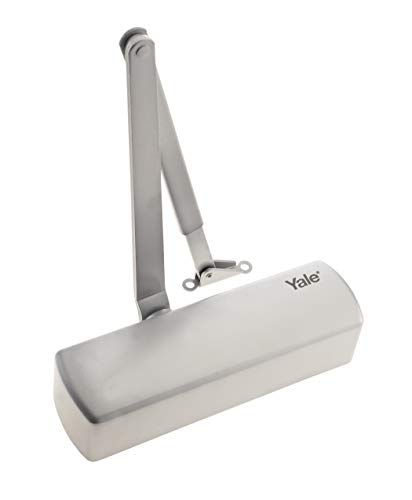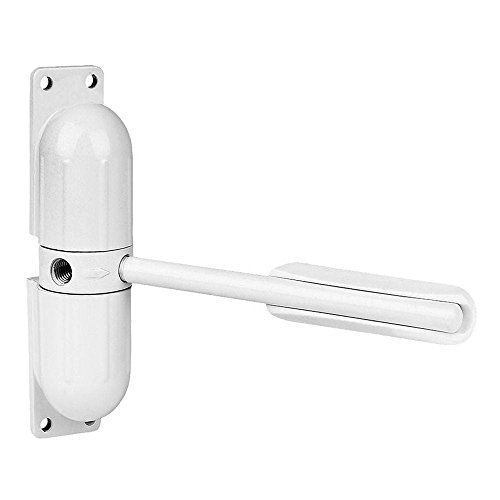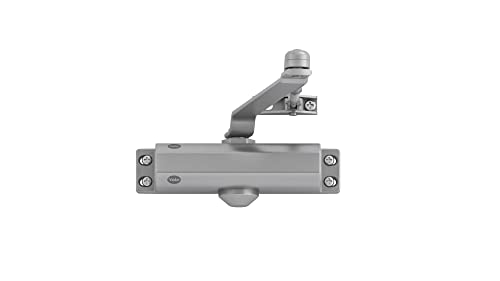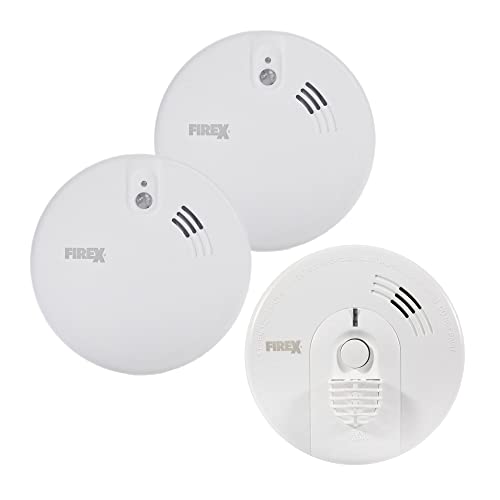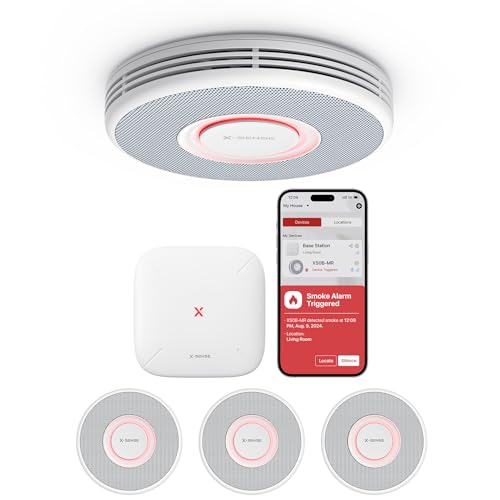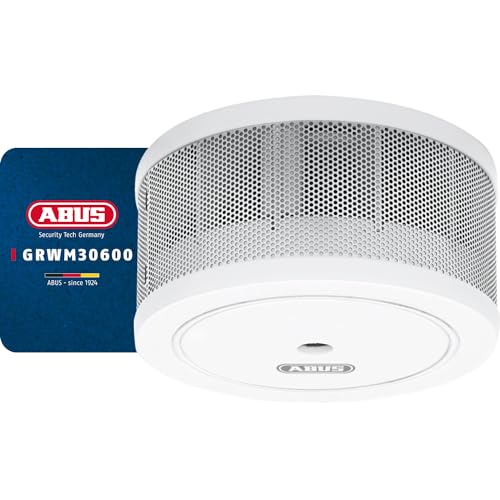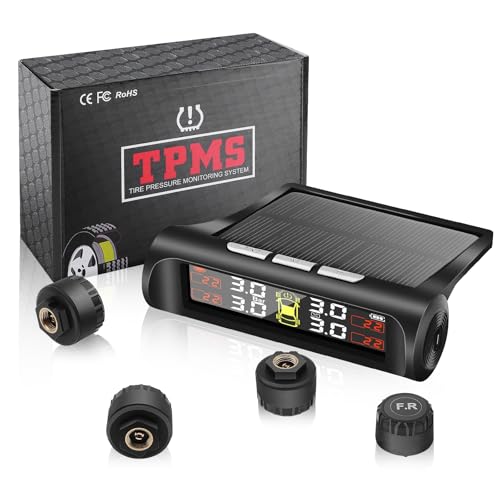Understanding Door Closers: What Are They and How Do They Work?
What is a Door Closer?
Door closers are mechanical devices that automatically close doors after they have been opened. They are commonly used in commercial and residential buildings to enhance security, improve energy efficiency, and maintain comfort by controlling airflow. We typically find them on exterior doors, interior doors, and fire rated doors, where it is crucial to have the door shut effectively to comply with safety standards.
How Do Door Closers Work?
The operation of a door closer involves a spring mechanism that is activated when the door opens. Once the door is released, the spring pulls the door to close it. Variations exist depending on the type of door closer; hydraulic models use fluid to regulate the speed and force of the closing motion, while pneumatic models use air. This ensures that the door closes slowly and gently, preventing slamming and minimizing noise.
Key Features to Look for in a Door Closer: Finding Your Perfect Match
Adjustable Closing Speed and Latch Speed
When choosing a door closer, look for models that allow you to adjust the closing speed and latch speed. This feature helps to control how quickly the door closes and how fast it reaches the final latch position. For example, if you have a door in a high-traffic area, you might prefer a quicker closure, while quieter spaces may benefit from a slower closing speed.
Durability and Material
The durability of a door closer is essential, especially in high-use environments. Opt for products made from high-quality materials. Aluminium and steel are popular choices, as they offer strength and resistance to wear and tear. For outdoor use, especially in exposed conditions, consider weather-resistant finishes to extend the lifespan of your door closer.
Size and Strength Ratings
It’s crucial to match the door closer’s strength rating to the door size and weight. Most door closers come with adjustable strength settings, making it possible to fine-tune the device to suit your specific door. Always review the manufacturer’s specifications to ensure compatibility with your door dimensions.
Aesthetics and Design
While functionality is critical, the appearance of the door closer can complement your space’s style. Many models are available in various finishes and designs, so we suggest choosing one that matches your door hardware and overall interior or exterior decor. This way, the door closer not only works effectively but also enhances the visual appeal.
Choosing the Right Type of Door Closer for Your Needs: Options Explained
Surface-Mounted Door Closers
Surface-mounted door closers are installed on the surface of the door and frame. They offer straightforward installation and are visible, allowing for easy identification. This type is often best for standard doors in homes and office spaces.
Concealed Door Closers
For a more discreet solution, concealed door closers are integrated into the door itself. They provide a clean appearance and are ideal for high-end architectural styles, though these may require more intricate installation.
Overhead Door Closers
These are installed above the door, generally suitable for larger entryways or heavy doors. Overhead door closers are common in commercial settings and provide strong closing action. They are perfect for situations where a durable, powerful closure is necessary.
Automatic Door Closers
For added convenience and accessibility, we can consider automatic door closers. These systems use sensors to detect when a person approaches the door, allowing it to open automatically and close securely afterwards. This type is increasingly popular in public places and for those with mobility challenges.
Installation Tips for Your Door Closer: Achieving a Perfect Fit
Read the Manufacturer’s Instructions
Before installing the door closer, it’s important to thoroughly read the manufacturer’s instructions that accompany the product. Different models may have specific requirements or steps, so adhering to these guidelines ensures proper installation.
Use the Right Tools
Having the right tools is essential for a successful installation. Generally, you will need a drill, screwdriver, measuring tape, and possibly a level. Ensure all tools are handy to streamline the process and reduce the risk of errors.
Measure Carefully
Effective installation starts with accurate measurements. Check the door height and width, and determine the correct placement for the closer based on the door type. We recommend marking the installation points before drilling to avoid unnecessary holes.
Test the Mechanism
After installation, it’s a good practice to test the door closer several times to ensure it operates smoothly. Adjust the closing speed and force according to your preferences, ensuring the door closes securely and gently without excessive force.
Maintenance and Care for Your Door Closer: Ensuring Longevity and Efficiency
Regular Inspections
We should conduct regular inspections of the door closer to ensure all components are functioning correctly. Check for any signs of wear or damage, particularly on hinges and the closer mechanism itself.
Cleaning and Lubrication
Keeping your door closer clean is vital for its longevity. Dust and debris can accumulate and hinder operation. Use a soft cloth and a mild cleaner to wipe the exterior. Additionally, apply lubricant to the moving parts as recommended by the manufacturer to keep the door mechanism operating smoothly.
Adjusting Speeds Over Time
Over time, you may need to adjust the closing and latch speeds as wear occurs. This adjustment ensures that the door operates efficiently and safely throughout its lifetime. We recommend revisiting these settings every few months or during seasonal changes.
Seeking Professional Help
If you encounter persistent issues or find that the closer is not functioning as intended despite adjustments and maintenance, considering calling a professional may be beneficial. They can provide expert insight, ensuring your door closer remains in optimal condition.







